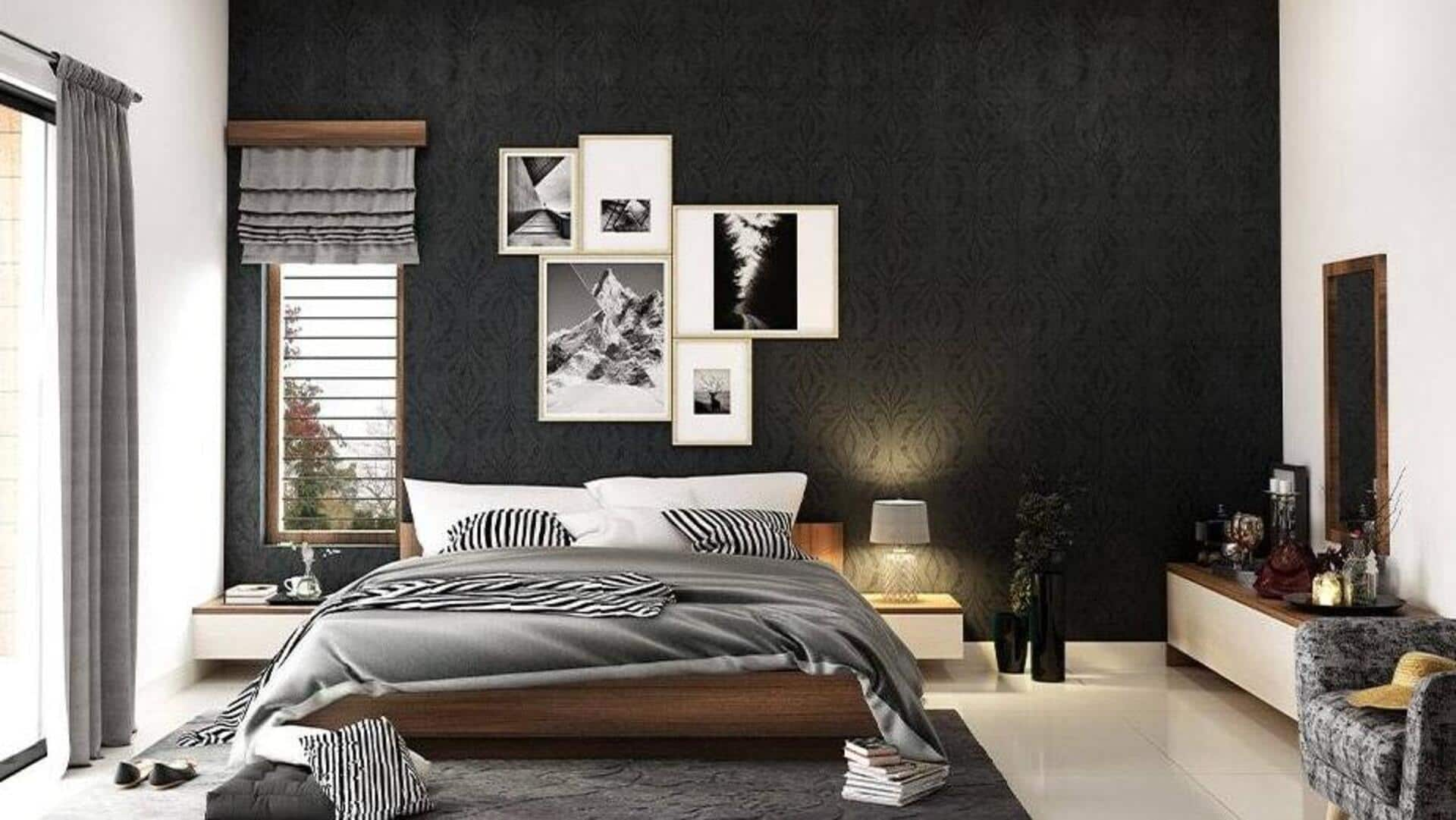
Home decor goals: How to create contrast with monochrome walls
What's the story
Monochrome wall textures can transform a space by adding depth and interest without overwhelming the senses. Using different shades of a single color, you can create a sophisticated and cohesive look that enhances the architectural features of your home. Not only is this approach aesthetically pleasing, but it is also versatile, easily integrating with various design styles. Here are some insights on using monochrome wall textures to create visual contrast in your space.
Layering
Layering different shades
Layering different shades of the same color can add dimension to your walls. By going for lighter and darker tones within the same color family, you can highlight certain areas while creating subtle contrasts. This works well in both large and small spaces, as it adds depth without making the room feel cluttered or busy.
Textured materials
Incorporating textured materials
Incorporating textured materials like plaster or fabric into your monochrome scheme can add visual interest. These materials catch light differently, creating shadows and highlights that add complexity to the overall look. Using textured wallpapers or paint finishes can also achieve this effect, offering an easy way to introduce texture without major renovations.
Light and shadow
Playing with light and shadow
Using natural light sources wisely can enhance the impact of monochrome textures. Placing furniture or decor items near windows lets sunlight fall on textured walls, creating fascinating shadows throughout the day. You could also use artificial lighting like spotlights or lamps at night to highlight certain portions, adding more contrast.
Matte vs gloss
Mixing matte and gloss finishes
Mixing matte and gloss finishes within a monochrome palette adds another layer of contrast. Glossy surfaces reflect more light, making them look brighter than matte ones, which absorb light for a softer look. This combination creates dynamic visuals that draw the eye, while ensuring harmony across different elements in your room design.
Patterns
Utilizing patterns sparingly
Introducing patterns sparingly within a monochromatic scheme adds intrigue without overpowering the simplicity inherent in single-color designs. Geometric shapes or subtle stripes provide enough variation for added interest, yet remain understated enough not to disrupt the overall cohesion achieved through the consistent use of one hue throughout the space's decor elements, like furniture, accessories, textiles, etcetera.